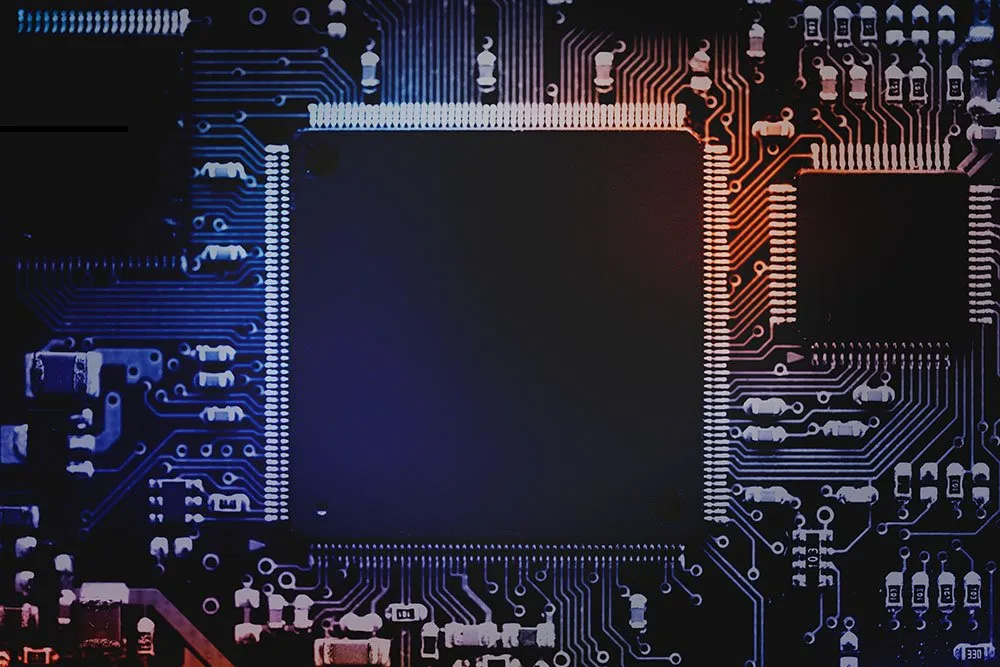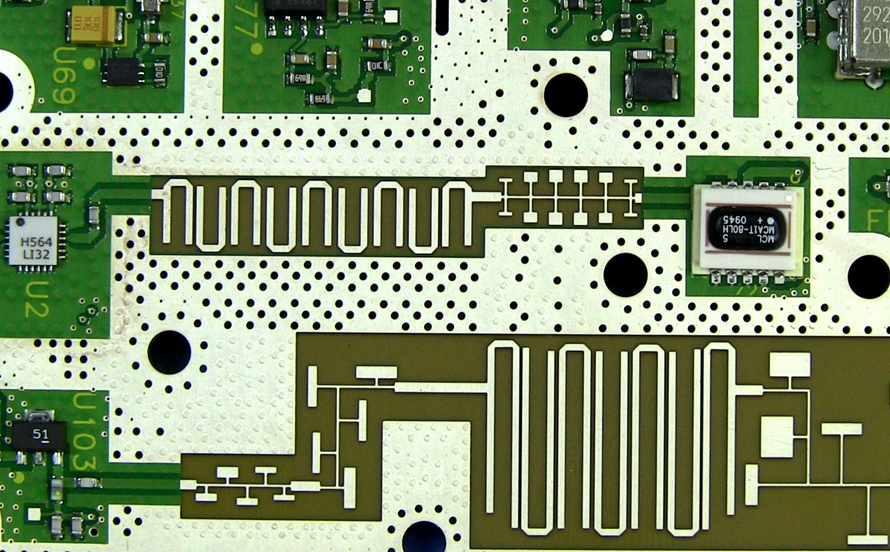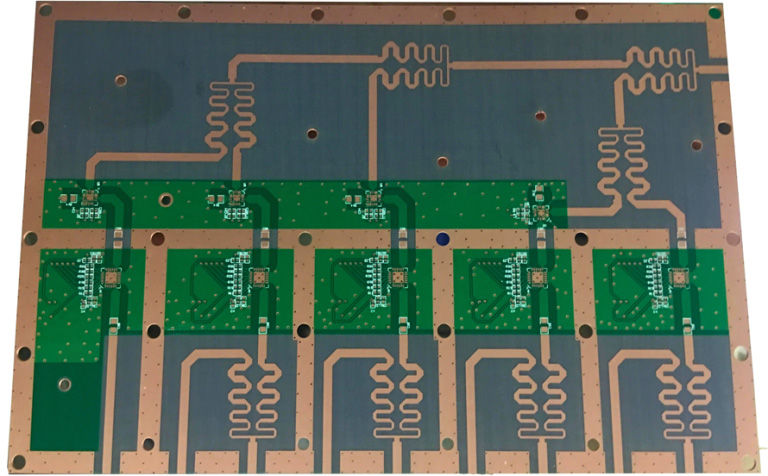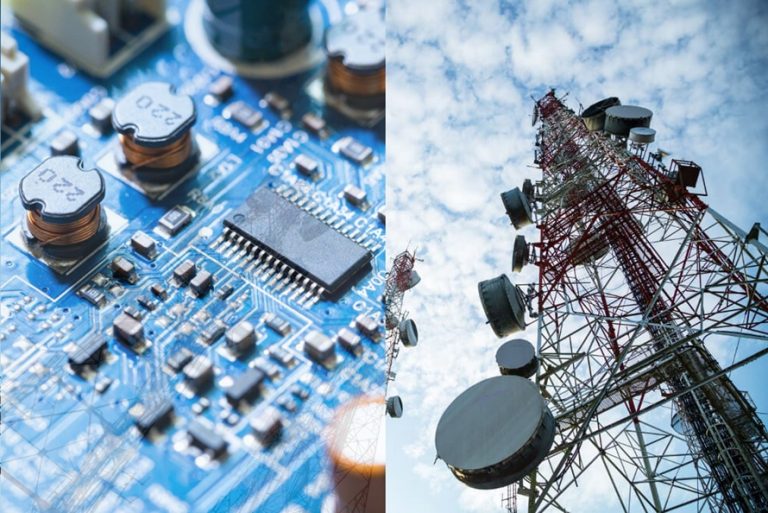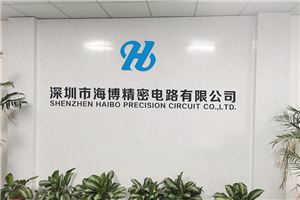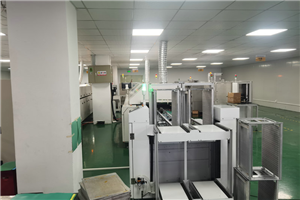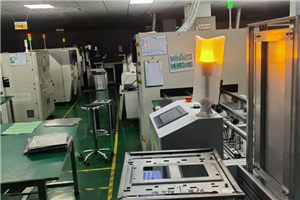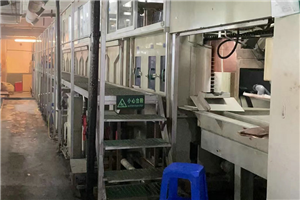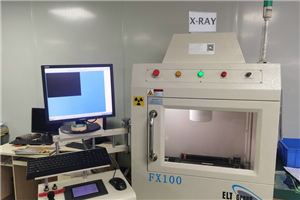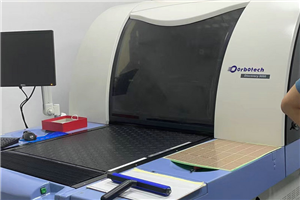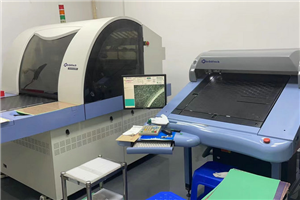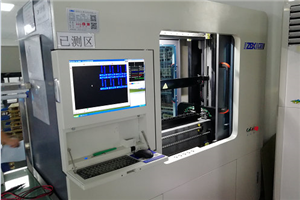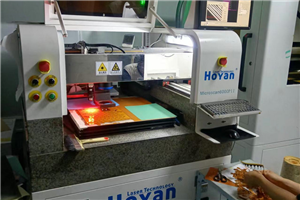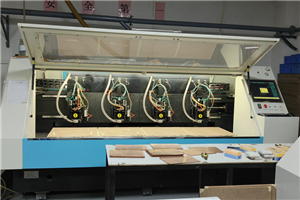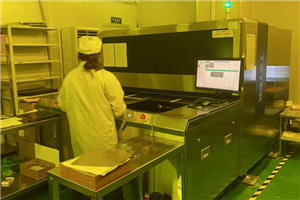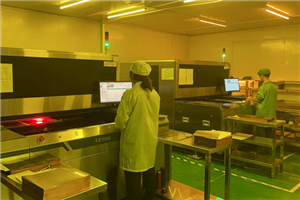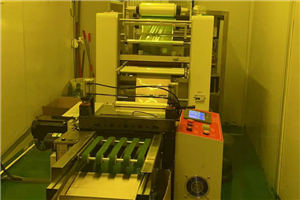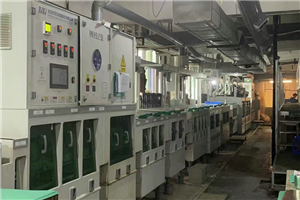The manufacturing process of PTFE circuit boards involves several specialized steps. This is to ensure that the final product meets high-performance standards. The following provides a detailed introduction to the important stages of the PTFE PCB manufacturing process.
material preparation
PTFE laminates: Preparing PTFE laminates is the first step. The choice of PTFE sheet depends on the thickness required for manufacturing. To improve mechanical performance, these laminates can be reinforced with fiberglass or other fillers
Copper coating: laminating copper foil onto PTFE board to form a conductive layer of Teflon PCB material. By using high temperature and high pressure to bond copper and PTFE together, a strong bond is formed between the two.
Laying and laminating
Layer stacking: The stacking of PTFE laminates and copper foils is carried out in the required order. In order to obtain an accurate final PCB, it is necessary to align each layer correctly.
Compression and curing: Stacked layers are subjected to high pressure and high temperature. This process fully solidifies the PTFE resin, forming a sturdy multi-layer laminated board. By maintaining compression parameters such as temperature, pressure, and time, PTFE resin can be fully cured.
drilling
Drilling: Drilling is to create through holes and points for installing components. The drilling of PTFE materials requires specialized equipment and techniques to prevent issues such as stains or burrs.
hole metallization
Chemical copper plating: Complete this operation to create conductive pathways between different layers of the PCB. This is achieved using the chemical copper plating process. Depositing a thin layer of copper on the hole wall is crucial for establishing electrical connections in PTFE circuit boards.
Imaging and etching
Applying photoresist: A layer of photoresist is applied on the surface of a copper-clad laminate to determine the circuit pattern of a PTFE circuit board.
Application of solder mask layer
Apply solder mask layer: Apply a solder mask layer on the PCB to protect copper traces from oxidation. It is also used to prevent welding bridges when welding components. To ensure that the final product maintains its high-performance characteristics, a solder mask compatible with Teflon was used.
UV exposure and development: The applied solder mask is exposed to ultraviolet light through a photomask, which defines the mask area that needs to be removed. Then develop the exposed area, leaving only the required solder mask layer.
Surface Treatment
For exposed copper areas, surface treatment should be applied to enhance solderability and protect copper from oxidation. Some common surface treatments used in the manufacturing of Teflon circuit boards include:
Chemical nickel gold plating (ENIG)
Organic Solderability Protection (OSP)
Tin immersion or silver immersion
Parts assembly
Welding: Assemble the components onto the PCB using a welding process that perfectly matches the PTFE material. To ensure consistent connection, specialized welding techniques were used.
Testing and Quality Control
There is a test conducted to ensure the quality of the manufactured PCB. The testing conducted by PTFE PCB suppliers includes:
Electrical inspection: Conduct electrical testing to ensure that all connections are fault free and free from short circuits or open circuits.
Vision examination: Check for any physical defects or damages, such as incomplete solder joints, solder bridges, or misaligned components.
Functional testing: Ensure that the PCB achieves the expected performance in the expected application. This is done on the PCB in a simulated or actual operating environment.


